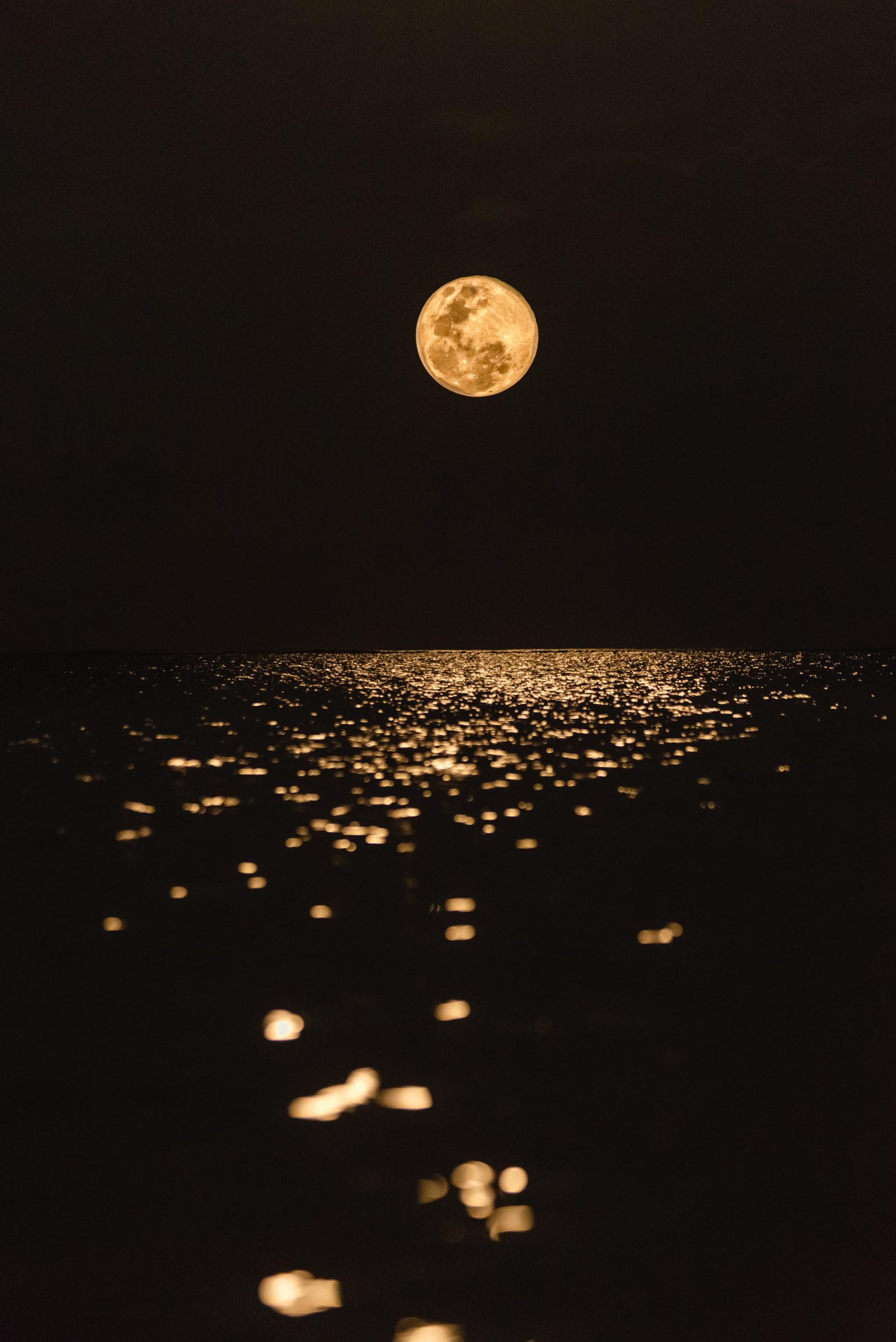What is Moon Festival in Taiwan: A Celebratory Tradition
The Moon Festival, also known as Mid-Autumn Festival or Zhongqiu Festival, holds significant cultural and historical importance in Taiwan. This traditional celebration dates back over 3,000 years and falls on the 15th day of the 8th lunar month, when the moon is believed to be at its brightest and fullest.
The Legend Behind the Moon Festival
One of the most famous legends associated with the Moon Festival is the story of Chang’e, the Moon Goddess. According to folklore, Chang’e swallowed an elixir of immortality and floated up to the moon, living there alone for eternity. As people admired her beauty from Earth, they started worshipping her during the Moon Festival.
Mooncakes: The Traditional Delicacy
Mooncakes are the quintessential food item associated with the Moon Festival. These round pastries symbolize unity and completeness, and they are characterized by their intricate designs on top, representing the moon and its phases.
Traditional mooncakes are made with a sweet and dense filling, typically consisting of lotus seed paste, red bean paste, or black sesame paste. Additionally, some varieties contain salted egg yolks, representing the full moon, while others may incorporate different ingredients such as nuts or dried fruits.
Over the years, new flavors and styles of mooncakes have emerged, appealing to a wider range of tastes. You can now find varieties like green tea, taro, custard, and even ice cream mooncakes, showcasing the creativity and innovation of modern bakers.
The Lantern Parade: Illuminating the Night
Another significant aspect of the Moon Festival celebrations in Taiwan is the grand Lantern Parade. This parade showcases a magnificent display of elaborate lanterns, ranging from traditional designs to contemporary art installations.
The parade attracts both locals and tourists, who gather to witness the spectacle of colorful lanterns illuminating the night sky. From large structures depicting mythical creatures to smaller handheld lanterns carried by children, the entire event exudes an enchanting atmosphere.
Various organizations, schools, and communities participate in the lantern competition, displaying their creativity and craftsmanship. The intricately designed lanterns often depict scenes from mythology, folklore, or cultural symbols, reflecting Taiwan’s rich heritage.
Family Reunions and Moon Gazing
The Moon Festival is a time for family reunions and cherished moments spent together. Like the American Thanksgiving or Chinese New Year, it is a time when families gather to share a bountiful feast and exchange gifts.
After the elaborate meals, many families head outdoors to enjoy the moonlit night. Parks, beaches, and open spaces become gathering spots for moon gazing. Children carry their lanterns, and people of all ages engage in various activities to fully embrace the festival’s atmosphere.
Some families engage in riddles and games, writing lantern riddles on pieces of paper and exchanging them. Solving these riddles has become an integral part of Moon Festival traditions, adding a fun and intellectual element to the celebrations.
Other Customs and Traditions
In addition to mooncakes and lanterns, various other customs and traditions are associated with the Moon Festival in Taiwan:
- Dragon and lion dances: Performances by dance troupes add vibrancy to the festival. Elaborately designed dragon and lion costumes captivate onlookers, showcasing the nation’s cultural pride.
- Incense and prayer rituals: Many families visit temples during the festival to burn incense and make offerings to deities, seeking blessings and good fortune.
- Fire dragon dance: In certain parts of Taiwan, especially in the city of Kaohsiung, fire dragon dances are performed. These spectacles involve a dragon-shaped structure adorned with fireworks and firecrackers. The dragon dances through the streets, mesmerizing the crowd.
- Tuanyuan tradition: Tuanyuan, meaning reunion, is a tradition where families and loved ones gather to show gratitude and bond. It is a time when people reflect on the importance of family ties and rekindle relationships.
The Moon Festival Today
Although rooted in ancient customs, the Moon Festival continues to hold great significance in modern-day Taiwan. It represents a time of togetherness, gratitude, and appreciation for the beauty of nature. The festival serves as a reminder of the nation’s cultural heritage and commemorates the tales and legends that have been passed down through generations.
Today, the Moon Festival is not only observed in Taiwan, but also celebrated across many areas of East Asia. In China, Hong Kong, Vietnam, and other countries with Chinese diaspora communities, people partake in similar festivities, showcasing the enduring cultural legacy of this ancient tradition.
As the moon shines brightly and families come together, the Moon Festival in Taiwan continues to bring joy, unity, and a profound sense of belonging.
Table of Contents
